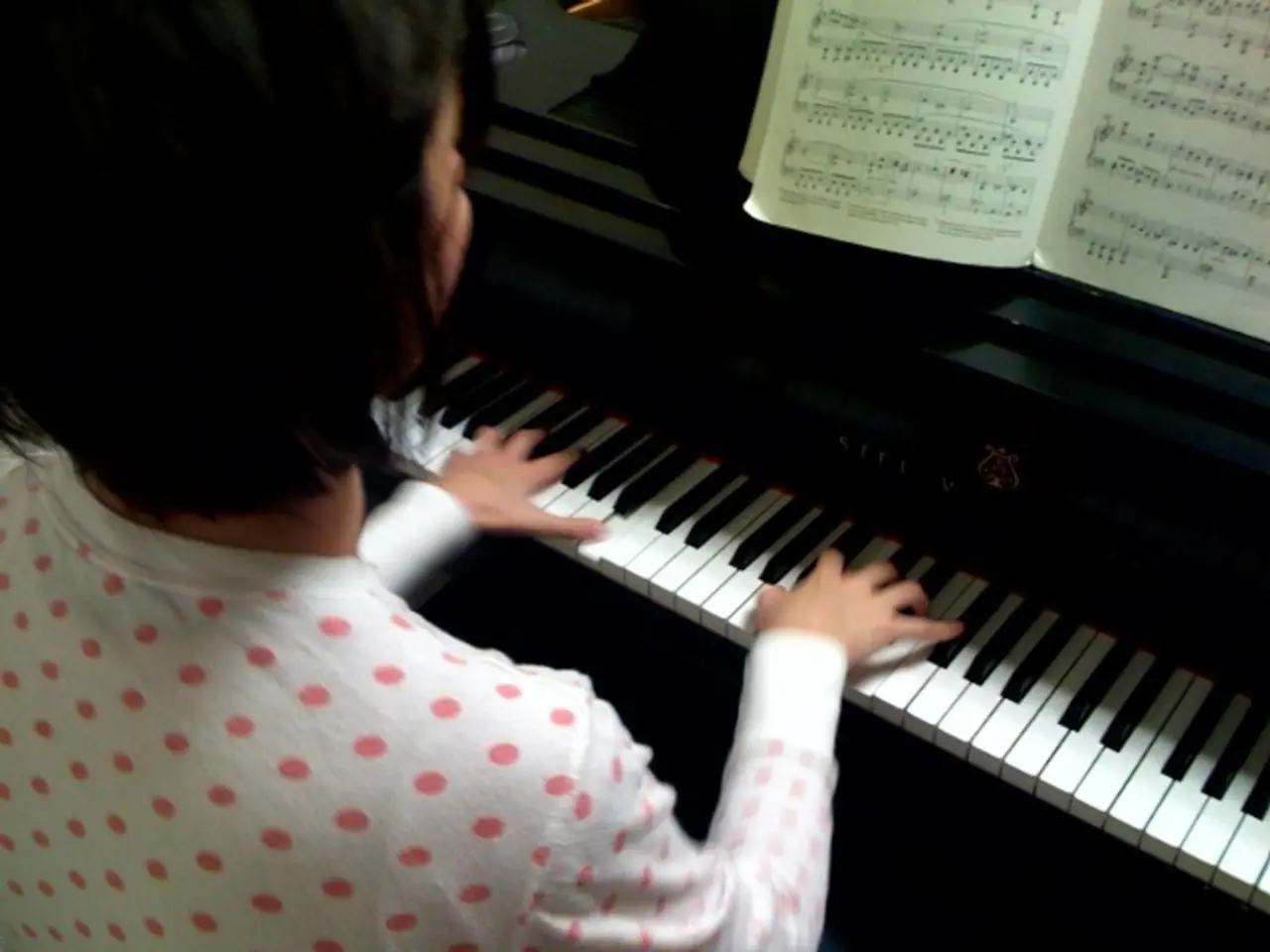Understanding Piano Notation: A Guide
In the world of music, two symbols, the Treble and Bass Clefs, play a crucial role in pitch recognition. These symbols, which sit on a five-lined staff system, help musicians translate notes into accurate pitch identification.
The Treble Clef, also known as the G clef, indicates that the second line from the bottom corresponds to the note G above middle C. This clef uses the musical alphabet (ABCDEFG-ABCDEFG-ABCDEFG-ABCDEFGA) for pitch recognition. A common mnemonic for remembering the lines is "Every Good Boy Does Fine," while the spaces are simply spelled "FACE."
The Bass Clef, on the other hand, identifies the second line from the bottom as the note F below middle C. It uses the same musical alphabet to help determine the musical pitch. The lines are remembered using the phrase "Good Boys Do Fine Always," and the spaces are sometimes associated with the phrase "All Cows Eat Grass."
For beginners, various methods are used to facilitate learning. These include mnemonics for lines and spaces, associating clefs with piano hand positions, stepwise recognition with note names or solfege, using visual and auditory aids, and the Sentence Construction Methodology.
In the Sentence Construction Methodology, the spaces of the Treble Clef form the word FACE, while the lines and spaces of the musical staff form a sentence like "Grizzly Bears Don't Fear Anything."
For young children learning the piano, the Dogs and Birds music series offers a methodology that involves finding the musical pitch in a book, placing an animal card on the correct position on the musical staff, finding the note on the piano, and placing a card on the piano note.
The Treble Clef has a rich history, having been created in the 10th century. It was originally called the G clef, while the Bass Clef was known as the F clef. Both clefs have evolved to bring uniformity and universality to pitch recognition in the Western world, with the Treble Clef emerging from the musical genre of Gregorian chant.
For those interested in learning more, the article "How to Read Ledger Lines" is recommended for further reading. This article delves deeper into the understanding of the staff system and its extensions, helping musicians navigate the full range of musical pitches.
- The Sentence Construction Methodology, a learning technique for beginners, uses the spaces of the Treble Clef to form the word 'FACE', providing an easy way to remember the spaces.
- The Dogs and Birds music series, geared towards young children learning the piano, employs a technique where they find the musical pitch in a book, place an animal card on the correct position on the musical staff, find the note on the piano, and place a card on the piano note.
- The Treble Clef, a central symbol in music education-and-self-development and entertainment, has a rich history dating back to the 10th century, evolving from the musical genre of Gregorian chant to become a symbol of universal pitch recognition in the Western world.




